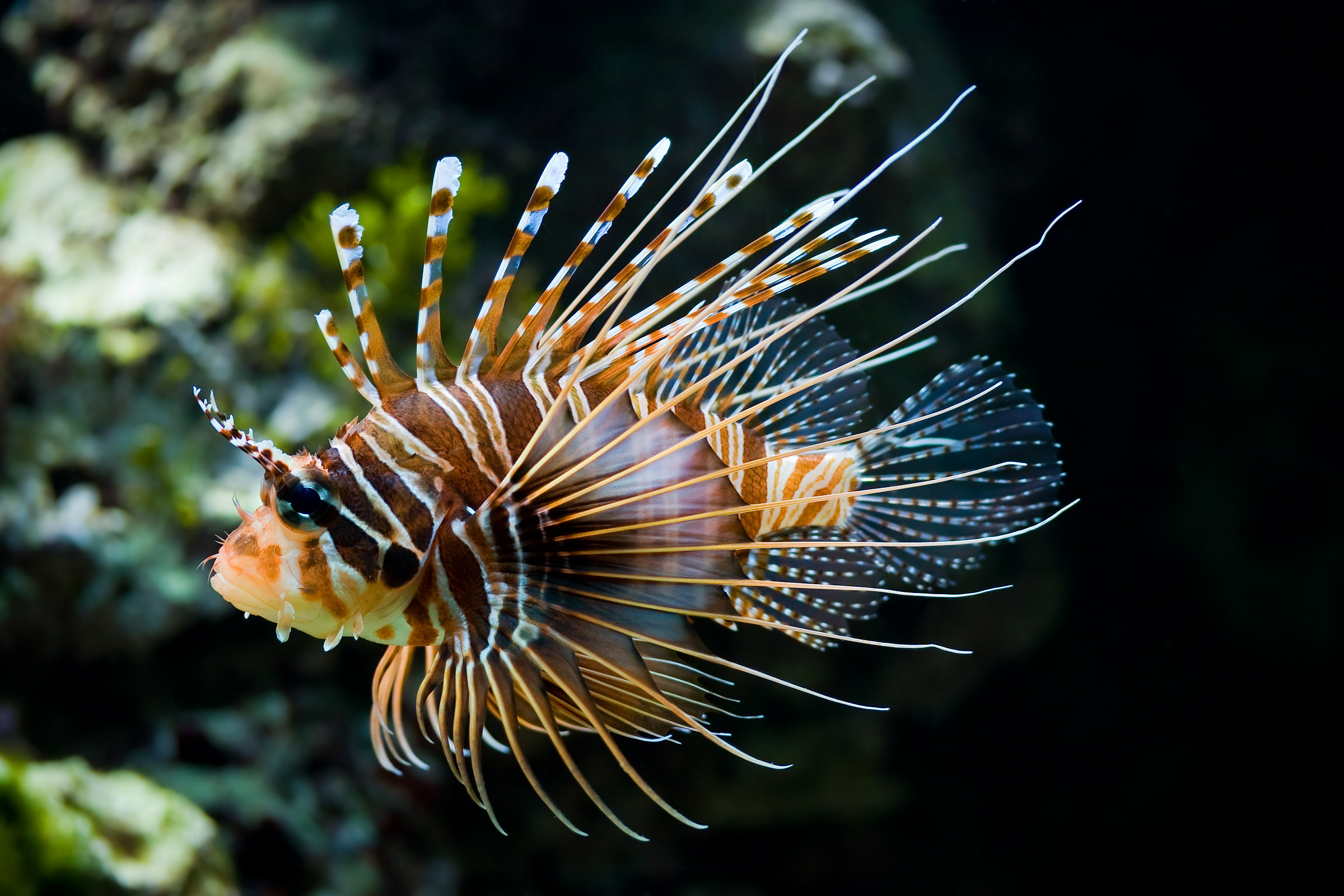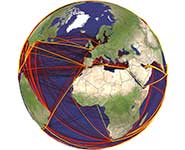Ocean Invaders: Ports Most Vulnerable to Invasive Species


The world port at highest risk of invasive species is Singapore, according to a new study.
The Suez Canal and Hong Kong follow Singapore, according to the study, which reveals the 20 ports most likely to be attacked by invasive species.
The highest ranking U.S. locale is the port of New York and New Jersey, which comes in at No. 13.
Global shipping has carried exotic animals and plants such as lionfish, zebra mussels and killer algae around the world on ship's hulls or in their ballast water, which ships add and dump for balance. Recently, cargo ships started carrying automatic identification systems that track their movements, giving researchers new insight into the vessels' journeys.
Marine invaders need more than just a ride on a ship to infest a new ecosystem, however — conditions at their next port of call must be just right. So scientists combined data about ports' environmental conditions, marine biogeography and ballast water release protocols with data from nearly 3 million ship voyages. They used this combined information to estimate the invasive species risk from ballast water at different ports.
The new model thus accounts for the fact that bioinvasion is a multistage process, the researchers said. "Our model combines information such as shipping routes, ship sizes, temperatures and biogeography to come up with local forecasts of invasion probabilities," study author Bernd Blasius, a professor at the University of Oldenburg in Denmark, said in a statement. The results were published April 24 in the journal Ecology Letters.
The good news is that most ports are unlikely to receive invaders via ballast water. For example, ports in the North Sea (between Great Brittan and mainland Europe) fall outside of the top 20 endangered ports despite their enormous shipping traffic, the researchers said.
Get the world’s most fascinating discoveries delivered straight to your inbox.
Some invaders from the U.S. East Coast have established a toehold in North Sea ports, but overall, the region's cold climate has made it tough for exotics to survive there, the researchers said.
The ports with the highest risk are in Southeast Asia, the Middle East and the United States.
After Hong Kong, the rest of the ports at highest risk are, in descending order:
- Panama Canal
- Kaohsiung
- Suez
- Port Said
- Busan
- Jebel Ali
- Kawasaki
- Durban
- Yokohama
- New York & New Jersey
- Long Beach
- Xiamen
- Fujairah
- Los Angeles
- La Plata
- Qingdao
- Santos
The research also revealed that for marine life hitching a ride inside ships, there is a "sweet spot" distance between the organism's home and a new habitat: 5,000 to 6,200 miles (8,000 to 10,000 kilometers).
In what could be called a Goldilocks effect, the researchers conclude that, at short distances, it's unlikely an introduced species will be non-native. At long distances, the chance to survive transport is small and there's not much shipping, resulting in low invasion risk.
In another positive result, the shipping model shows the benefits from ballast water treatment. Scientists and regulators have been trying to come up with better ways to prevent the spread of invasive species, but no one has settled on the best method. (Global standards from the International Maritime Organization could be implemented as soon as 2020.) [Image Gallery: Invasive Species]
The study suggests that even moderate efforts are helpful, because the cumulative effect of treating ballast water at each port stop multiplies during a trip.
Email Becky Oskin or follow her @beckyoskin. Follow us @OAPlanet, Facebook & Google+. Original article on LiveScience's OurAmazingPlanet.




